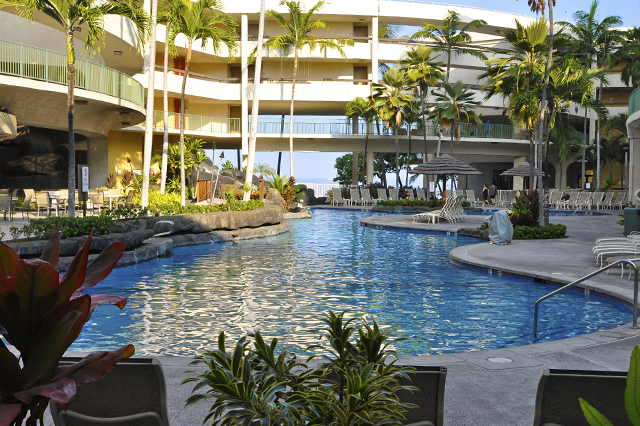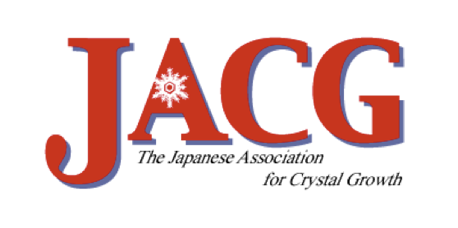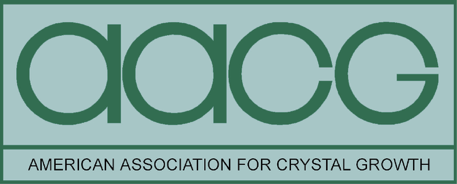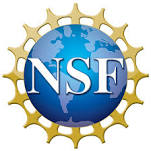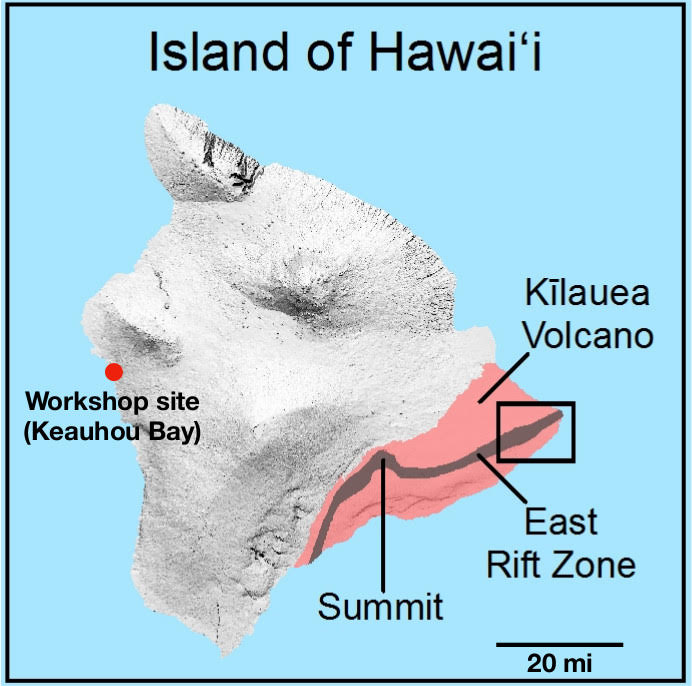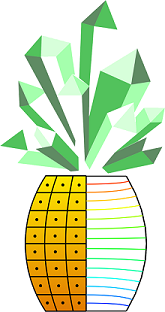
Logo designed by Mia Divecha
Support
October 21-24, 2018
Workshop attendees photograph
High Resolution Image
Proceedings submission information Here
Final Program and Abstracts
Location
Organized under the auspices of the American Association for Crystal Growth, the Japanese Association for Crystal Growth, and the International Organisation for Crystal Growth
About the Workshop
IWMCG-9 is the ninth in a series of workshops focusing on modeling of bulk crystal growth and thin film epitaxy. The workshops, held approximately once every three years, have been highly successful at bringing together crystal growth researchers from university, industry, and government laboratories around the world to report on the latest advances in crystal growth modeling.
The first eight workshops were successfully convened in Parma, Italy (1989), Durbuy, Belgium (1996), Hauppauge, New York, USA (2000), Fukuoka, Japan (2003), Bamberg, Germany (2006), Lake Geneva, Wisconsin, USA (2009), Taipei, Taiwan (2012), and Spa, Belgium (2015). Now, for the first time, the workshop will be held in Hawaii, a beautiful venue, equidistant between America and Asia, that is easily accessible from all continents.
Topics will include the mathematical and computational modeling of:
- Melt and solution growth of bulk and substrate crystals
by Bridgman, VGF, CZ, FZ, EFG, and other methods
- Vapor growth of epitaxial layers and thin films via CVD,
MBE, ALE, and other methods
- Crystal growth mechanisms taking place at a nano-,
meso-, and macro scales
- Microstructure and defect formation processes during
crystal growth
- Non-traditional crystal growth processes and systems
In addition, modeling advances for crystal growth will be featured, such as:
- Multi-scale, multi-physics coupling
- Model-based control and model-based design
- Advanced numerical techniques, including parallel
computation and GPU-based approaches
- Bifurcation and stability analyses
- Phase-field, level-set, and fixed-mesh methods
- Cellular automata and Lattice-Boltzmann methods
IWMCG-9 will be an open forum for synergistic discussions, allowing for fruitful exchange between industrial, academic, and scientific participants from diverse fields. The workshop will include invited and oral presentations, poster sessions, and industrial exhibits.
Volcanic Activity and the Conference
The recent, much reported activity of the Kilauea volcano is not expected to impact the Workshop significantly, and we urge participants to make their travel plans to attend. The Kilauea volcano is over 90 miles away and separated by the southwest flank of Mauna Loa from the conference site at Keauhou Bay.
Kilauea is the most active volcano in the world and has been erupting continuously since 1983. While trade winds occasionally blow volcanic gasses (vog) up the Kona coast, recent measurements, notably the PM2.5 AQI (air quality index), indicate that the air quality has been improving and in the “Good” range as of mid-August. Current information on air quality is available at https://airnow.gov/index.cfm?action=airnow.local_city&mapcenter=0&cityid=46.
